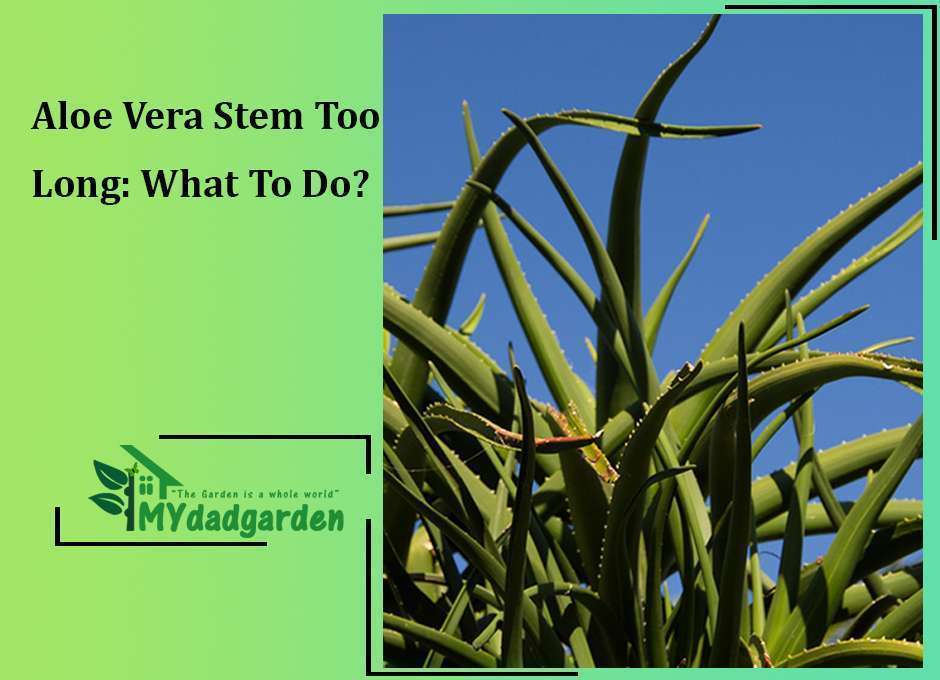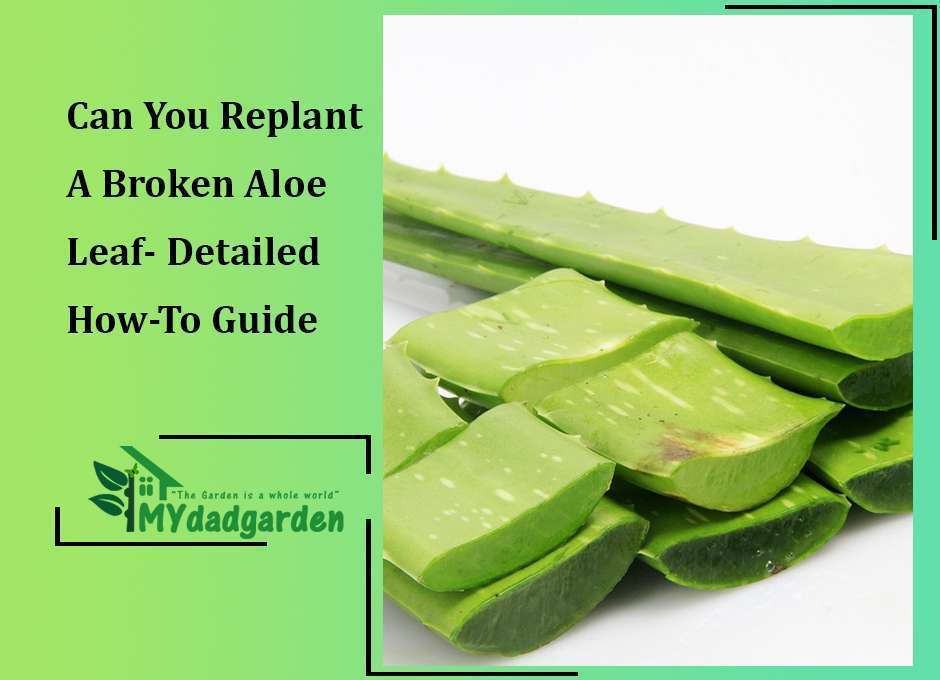Aloe Vera Stem Too Long: What To Do?
Aloe vera is a popular plant often used for its medicinal properties, but what do you do if the stem grows too long?
If you’re not sure what to do with an aloe vera stem that has grown too long, you’re not alone. This can be a common problem for people who grow aloe vera plants at home.
This blog post will discuss what to do if your aloe vera stem gets too long and starts to look like it is out of control. We will also provide some tips for preventing this from happening.
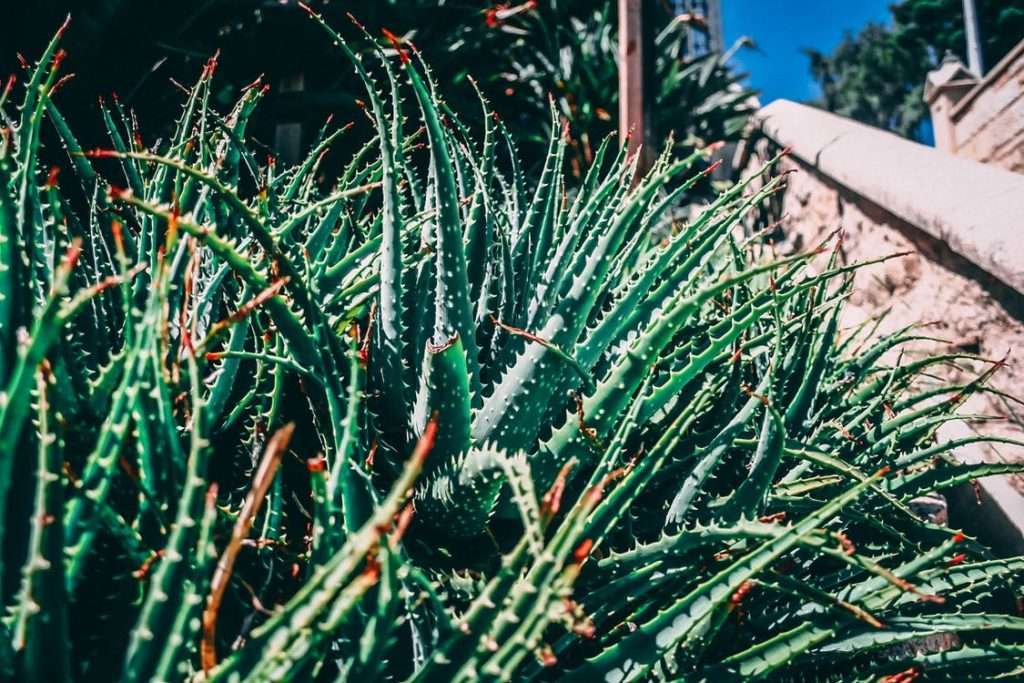
Table of Contents
What To Do If The Aloe Vera Stem Gets Too Long?
If you notice that the aloe vera stem has gotten too long, you should first trim it back. You can use a sharp pair of scissors or a knife to cut the stem back to the desired length carefully.
Be sure to leave enough of the stem so that the plant can continue to grow. If you cut too much of the stem off, it could damage the plant.
Once you have trimmed the aloe vera stem back to the desired length, you must report the plant. The roots may have become exposed when you trimmed the stem.
To report the aloe vera plant, carefully remove it from the current pot. Please place it in a new pot that is slightly larger than the previous one. Fill the new pot with fresh, well-draining soil.
After you have repotted the aloe vera plant, water it well and place it in an area where it will receive plenty of sunlight.
By following these steps, you can successfully trim an aloe vera stem that has gotten too long. However, it is essential to take preventive measures to ensure that this does not happen in the future.
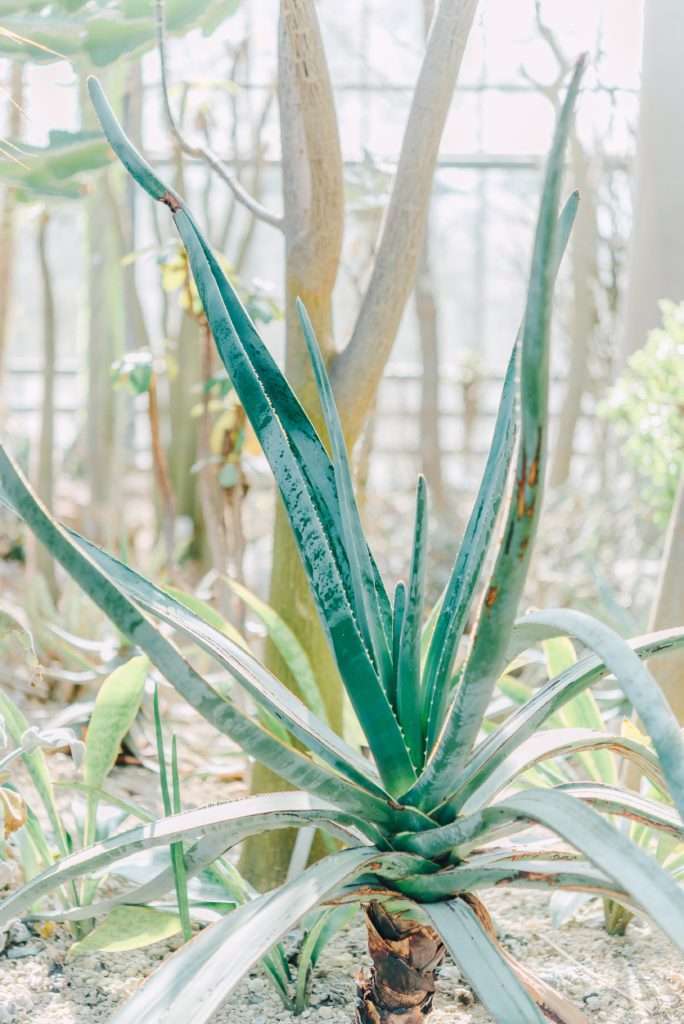
Preventative Measures
One of the best ways to prevent an aloe vera stem from getting too long is to fertilize it regularly. Aloe vera plants need to be fertilized about once a month during the growing season.
Use a fertilizer that is designed explicitly for aloe vera plants. You can find this type of fertilizer at your local garden center or online.
In addition to fertilizing, you will also need to water the aloe vera plant regularly. Aloe vera plants prefer to dry out between watering. Water the plant about once a week or when the soil feels dry to the touch.
It is also essential to ensure that the aloe vera plant has enough drainage. If the pot does not have adequate drainage holes, the plant’s roots can become waterlogged and start to rot.
To sum it up, If you find that your aloe vera stem has gotten too long, don’t panic! Trim the stem to the desired length and repot the plant in fresh soil. By taking some preventative measures, you can ensure that this does not happen in the future.
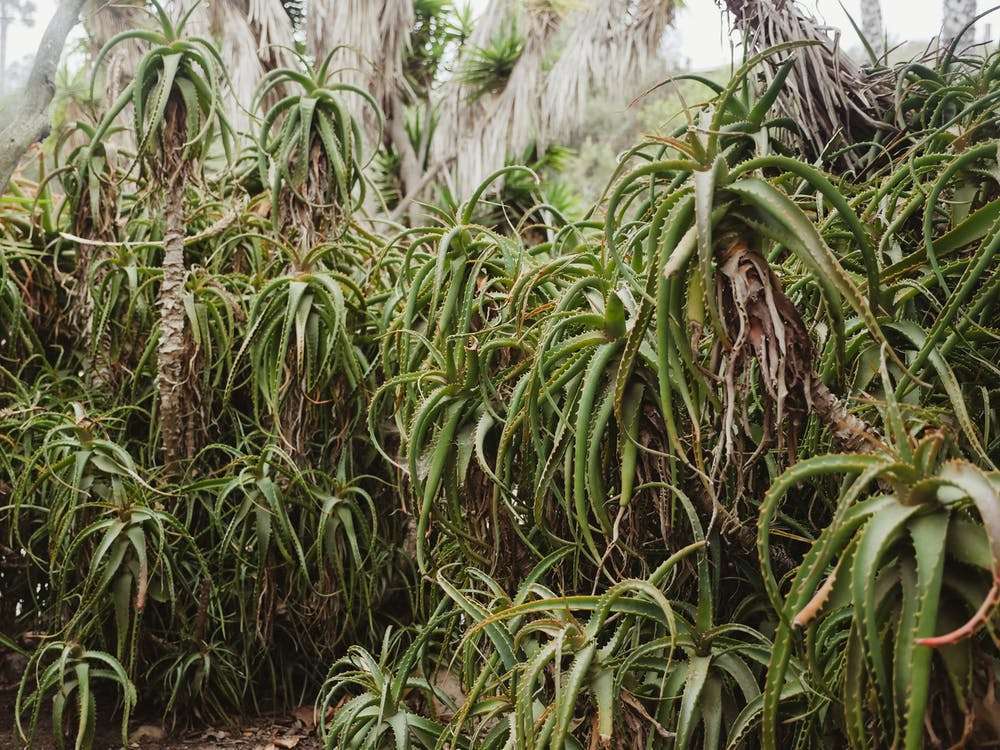
How Do I Get My Aloe Plant To Grow Straight?
Aloe plants are a popular choice for indoor and outdoor gardens alike, thanks to their low maintenance requirements and ability to thrive in various conditions. One common question that gardeners have about aloe plants is how to get them to grow straight. There are a few things that you can do to encourage your aloe plant to grow straight:
First, make sure that you plant your aloe in well-drained soil. Aloe plants will rot if the roots are allowed to sit in waterlogged soil, so good drainage is essential.
Second, provide plenty of bright light for your plant. Aloe plants need at least six hours of direct sunlight to grow healthy and strong. If you live in an area with limited sunlight, you may need to supplement with artificial light.
Third, water your aloe plant regularly. Aloe plants prefer to dry out between watering, so water about once a week or when the soil feels dry.
You can regularly trim any offshoots on your aloe plant to encourage it to grow straight. Cut the offshoot back to the desired length, careful not to damage the main stem.
By following these simple tips, you can encourage your aloe plant to grow straight and healthy.
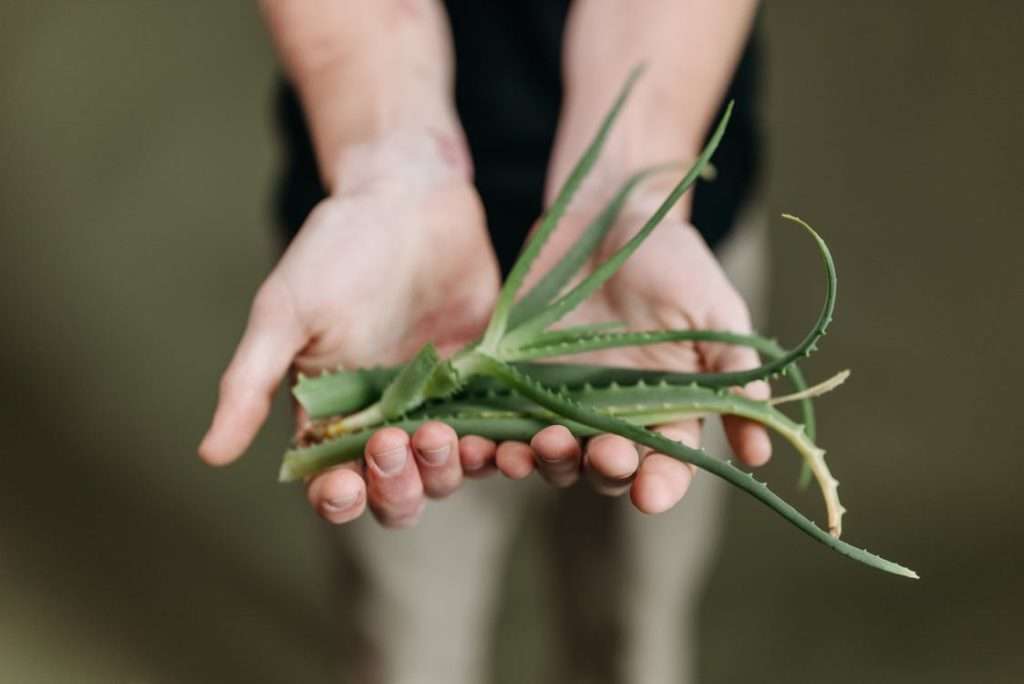
How Do You Shorten Aloe Vera Stems?
Aloe vera stems can become quite long, and sometimes you may want to shorten them.
To do this:
- Cut the stem about 2 inches below the lowest leaves.
- Place the stem in a pot filled with well-drained soil.
- Water it well and place it in a bright, sunny location.
Within a few weeks, you should see new roots growing from the stem base.
Once the roots are established, you can transplant the plant into a larger pot.
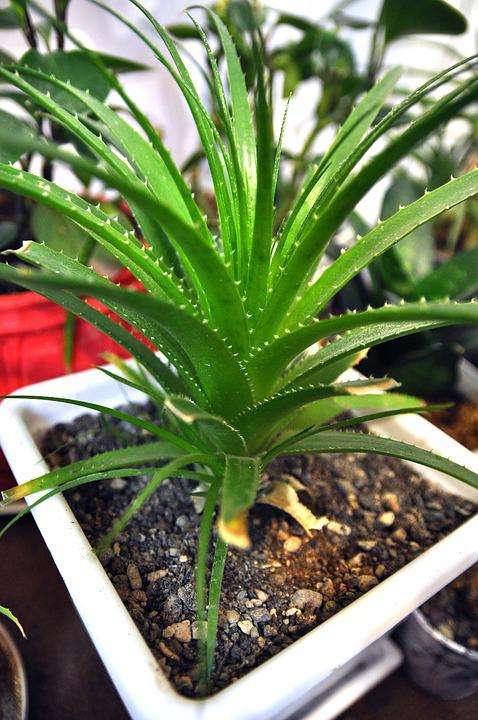
Can I Shorten My Aloe Plant?
Aloe plants are pretty low-maintenance, but they need to be trimmed occasionally to keep them looking their best.
You can trim off any leaves that are brown or yellowing and any that are particularly long or leggy, when trimming, cut at a 45-degree angle just above a leaf node (the point where the leaf meets the stem).
This will encourage new growth and prevent the plant from becoming too top-heavy. After trimming, be sure to give your aloe plant a good drink of water. It’s also a good idea to add a bit of fertilizer to help promote new growth.
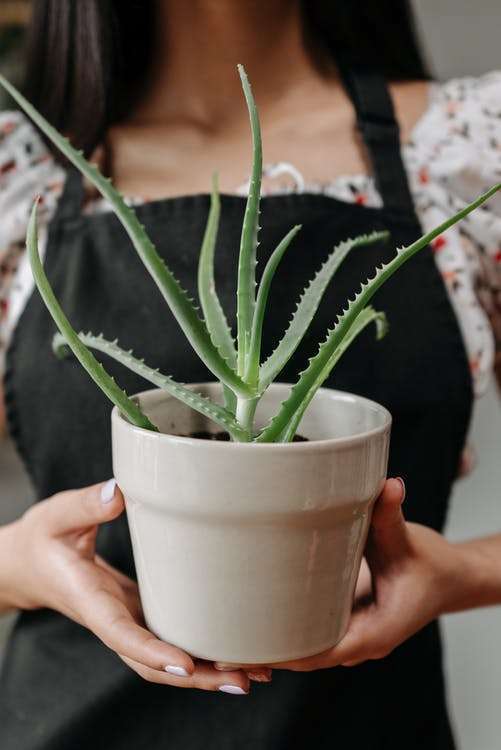
What Do I Do If My Aloe Plant Is Too Big?
Aloe plants are succulent, which means they store water in their leaves.
This makes them very easy to care for, as they don’t require much watering. However, it also means that they can quickly outgrow their pots.
If your aloe plant is too big, there are a few things you can do.
First, you can transplant it into a larger pot. Make sure to use a pot with drainage holes, and use well-draining succulent soil.
You can also reduce the size of your aloe plant by carefully removing some of the leaves. Cut off the leaves at the base, careful not to damage the stem.
Once you have removed the excess leaves, your plant will be smaller and more manageable.
By following these simple tips, you can keep your aloe plant healthy and under control.
No matter what type of aloe plant you have, it’s essential to give it the care it needs to thrive. With a little bit of attention, your aloe plant will continue to grow strong and healthy for years to come.
Previous Article: Can You Replant A Broken Aloe Leaf- Detailed How-To Guide

